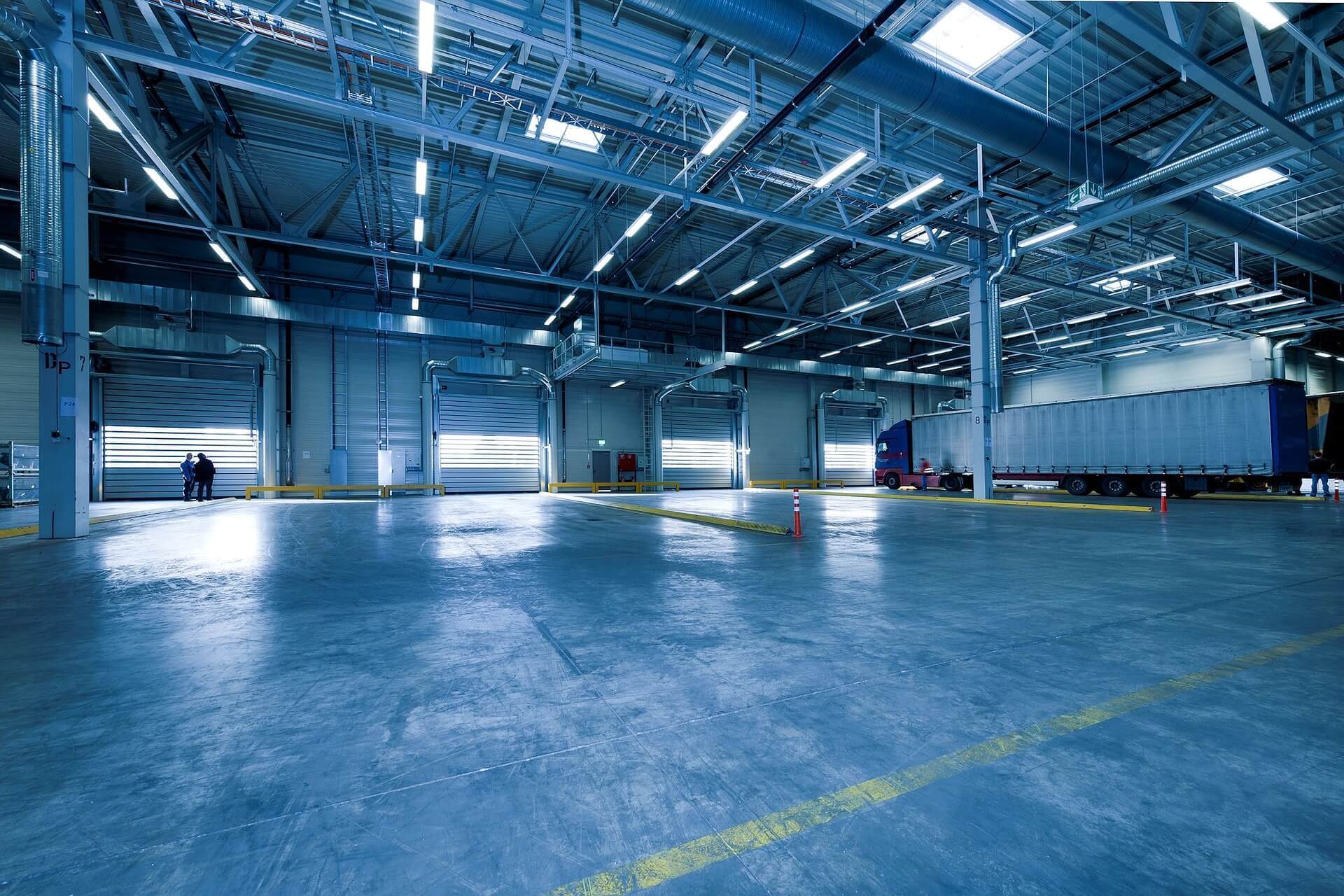Northern Mexico Is Driving Industrial Real Estate Growth

Mexican northern border cities have added more dynamism to the real estate in the country, especially Ciudad Juarez, according to CBRE’s market view.
During this quarter, Ciudad Juarez registered a 913,673 sq. ft. of net industrial absorption, which is a record setting. CBRE said in the report it is the largest Q1 net absorption since the company has tracked the market. (EXHBIT #1)
“At the end of the first quarter of 2019, the arrival of new companies occurred mainly at the northern border. Thus, net absorption or new demand was higher than the average in Ciudad Juarez in the last few years, and at levels similar to the average in the Mexico City metropolitan area, Monterrey, Reynosa and Tijuana,” the report says, which analyzes the first quarter (Q1) of 2019.
The net absorption for Monterrey was below 1 million sq. ft., while Tijuana and Reynosa remained below the 500,000 sq. ft.
During this period, the vacancy rate in Ciudad Juarez decreased to 2.1%, compared to Q3 2018 (3.6%). Furthermore, Ciudad Juarez recorded vacancy less than 1% in Class A due to the combination of an increase in demand and new speculative developments that are occupied even before construction is finished. There was also a cumulative net absorption close to 2.1 million square feet, according to the analysis.
Nationwide, the vacancy rate was of 5.4% an upward trend. Reynosa and Tijuana also registered a low vacancy, while Monterrey was above the national average.
The report shows industrial inventory stands at just over 29.0 million square feet in Tijuana, while the vacancy rate remains below the national average of 4.8%. It is expected that the availability of land in the region for the development of Built to Suit (BTS) projects and speculative warehouse space will boost the demand for space in 2019.
Moreover, Monterrey recorded a cumulative gross absorption of 5.3 million square feet, which was 7% higher than that accumulated at the close of 2017.
“This market is the most dynamic in the northeast, registering more than 3.9 million square feet under construction, and this is a reflected in vacant space of 6.2% unlike Reynosa and Saltillo, which together report over 1.8 million square feet under construction and vacancies of between 4.4 and 4.7%, respectively,” the CBRE analysis shows.
Ciudad Juarez represents 6.5% of the inventory share; Tijuana represents 5.8%, Reynosa 6.3%, and Monterrey 20.5%.
Another real estate report published by Cushman & Wakefield highlights Ciudad Juarez low vacancy rate. This company said vacancy rate is at its lowest so far in 10 years, a low 4%.
“Currently the market is active. We estimate that there is a little over one million square feet in the pipeline. A 20% of the speculative space currently under construction is already preleased. BTS projects represent 20% of the currently under construction. Demand of new space will continue to be strong,” the analysis shows.
Furthermore, the document states 63% of the leasing activity is related to the growth of companies already established in Ciudad Juarez; around 23% are new companies established in the city and the rest, approximately 14%, is due to relocations.
In terms of price, CBRE reports Tijuana has the most expensive square feet per month, US$6, followed by Mexico City with US$5.93, and Ciudad Juarez with US$5.49.
The report says the expansions in Mexico are leading the demand, while the arrival of new companies is boosting the northern border real estate, helping the market recover.
The demand for industrial space at the national level is concentrated in the logistics, automotive, and manufacturing sectors. Among the top 10 largest transactions in Q1 2019, Mexico State and Nuevo Leon have close to 1.5 million square feet, more than 62% of the total in the country.
Four out of the 10 main transactions of these quarters are in Nuevo Leon: a logistics company, Thermo Fischer, Ureblock, and Navistar. The last three are part of the manufacturing sector. Logistics transactions occupy the top places in the table, as they require higher amount of space than the average due to the distribution in which activities they are involved.
Even though new companies are willing to come to Mexico and others are expanding, there are some red lights for real estate companies.
“Our position on the market is optimistic but cautious for 2019. While indicators are reporting recovery in the markets along the northern border, even with last year’s uncertainty due to the renegotiation of NAFTA and domestic market that continues growing and is driving demand in the logistics and distribution sectors in the central region of the country. There are clear factors for a slowdown in worldwide growth due to trade tensions between the U.S. and its main partners, the Brexit situation, which would primarily affect growth in Europe but which we cannot entirely say does not affect us,” the report highlights.
In the national sphere, the document says that confidence for attracting foreign investment, the creation of jobs and domestic consumption are still not strong enough and are a warning sign for this industry.